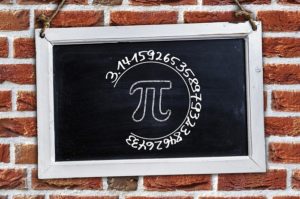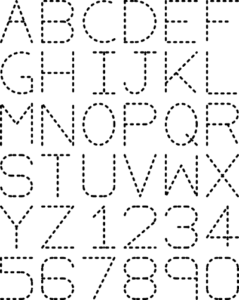- MN ABE Connect
- Archive
- Specific Learning Disorders (SLDs): The Symptoms, the Myths, the Facts
 February 21, 2022
February 21, 2022
Specific Learning Disorders (SLDs): The Symptoms, the Myths, the Facts
Wendy Sweeney, MA, LP, PANDA ManagerOften called a “learning disability”, specific learning disorders (SLDs) are frequently misunderstood.
Some common symptoms
 Takes a long time to process information
Takes a long time to process information- Poor recall
- Difficulty following directions
- Trouble decoding words and discriminating sounds
- Poor reading, comprehension, and slowed fluency
- Poor spelling and grammar
- Difficulty memorizing math facts or understanding math concepts
The myths
- Learning disability means anyone who may have trouble learning.
- A learning disability is low intelligence.
- The student is not trying hard enough or is lazy.
- A learning disability is when individuals write letters backward.
The facts
 A learning disability is technically called a specific learning disorder.
A learning disability is technically called a specific learning disorder.- A specific disorder is a lifelong neurological difference in brain structure and function that affects the way people process information.
- Wiring in the brain prevents people from integrating information easily/automatically; therefore, they have a need to learn information differently than others.
- To be diagnosed with a specific learning disability, the individual must be tested.
- People need to show evidence of at least average intellectual function, have a processing deficit, and impact academics in at least one area to be diagnosed with a specific learning disorder.
Types of specific learning disorders
 Dyslexia – difficulty with accurate and/or fluent word recognition and have poor spelling and decoding abilities. Secondary consequences may include problems in reading comprehension and reduced reading fluency that can impede the growth of vocabulary and background knowledge.
Dyslexia – difficulty with accurate and/or fluent word recognition and have poor spelling and decoding abilities. Secondary consequences may include problems in reading comprehension and reduced reading fluency that can impede the growth of vocabulary and background knowledge.- Dyscalculia – difficulty recognizing number patterns, math concepts, math language, learning and retaining math facts and/or math procedures, poor calculation skills and problem-solving skills
- Dysgraphia – specifically impacts spelling and writing because the basic prerequisite skills for motor movement and letter formation are inefficient. This causes an energy drain that may greatly interfere with the overall writing process, which requires motor and information processing skills.
Additional resources
If you suspect a student may have a specific learning disorder, go to PANDA’s Adult Learner Intervention first to find strategies to help students with their learning.
To find more information about specific learning disorders, instructional strategies, classroom challenges, ELL applications, testing, and resources, go to PANDA’s website chapter on Specific Learning Disorders. Also check out What is Multisensory Instruction?, which contains multi-sensory learning strategies and a multi-sensory toolkit.
You can also watch a short video about dyslexia.

Wendy Sweeney, MA, LP, PANDA Manager
PANDA - Minnesota ABE Physical and Nonapparent Disability Assistance
Newsletter Signup
Get MN ABE Connect—the official source for ABE events, activities, and resources!
Sign UpArticle Categories
- ABE Foundations/Staff Onboarding
- ACES/Transitions
- Adult Career Pathways
- Assessment
- CCR Standards
- Citizenship
- COVID-19
- Cultural Competency
- Digital Literacy/Northstar
- Disabilities
- Distance Learning/Education
- ELA
- Equity/Inclusion
- ESL
- HSE/Adult Diploma
- Listening
- Math/Numeracy
- Mental Health
- Minnesota ABE
- One-Room Schoolhouse/Multilevel
- Professional Development
- Program Management
- Reading
- Remote Instruction
- Science
- Social Studies
- Speaking/Conversation
- Support Services
- Teaching Strategies
- Technology
- Uncategorized
- Volunteers/Tutors
- Writing